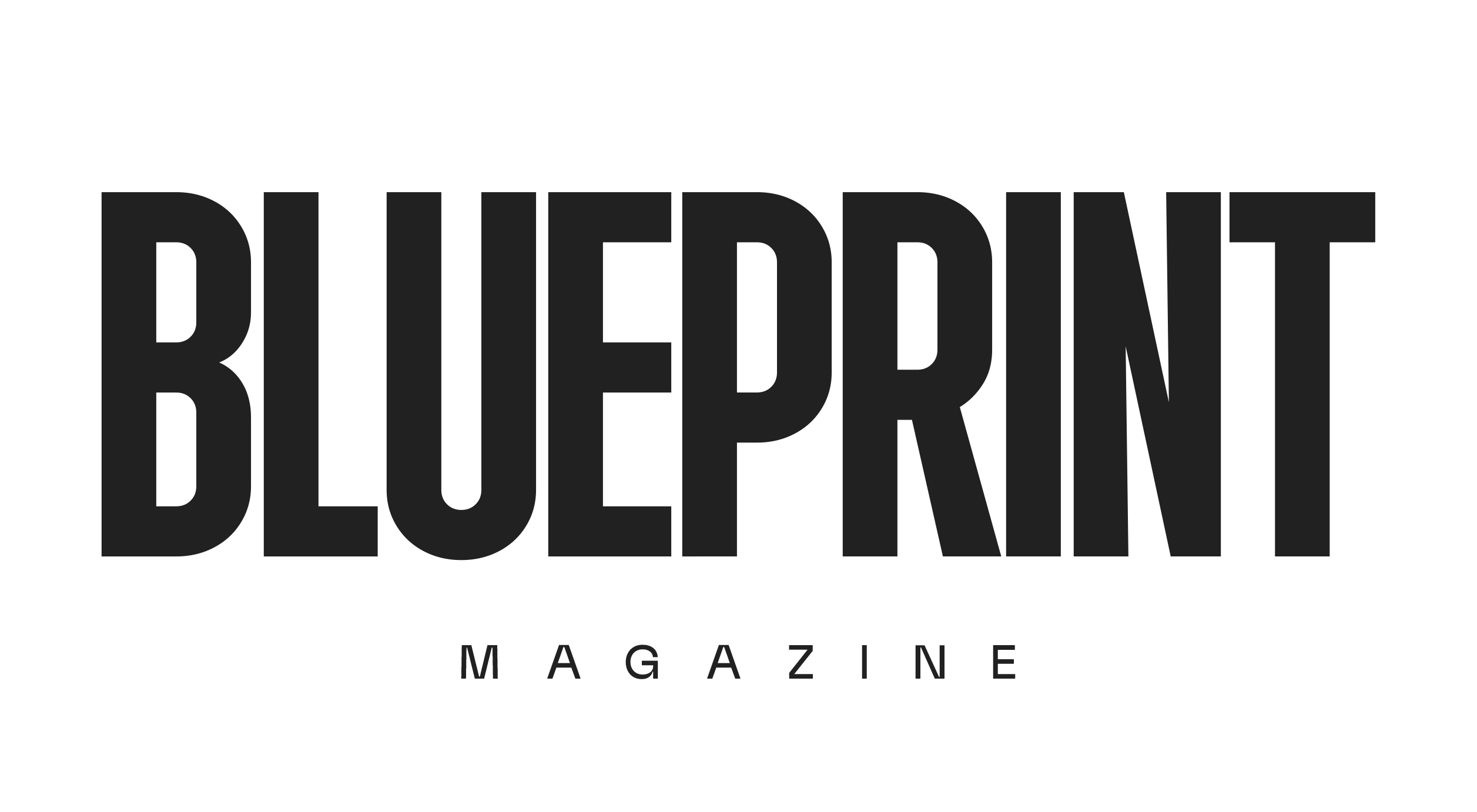So, Netflix just got a little more expensive—and no, it’s not because they added more episodes of your favorite K-drama. The Philippines has rolled out a new law: a 12% Value-Added Tax (VAT) on all digital services. That means if you’re paying for something online, whether it’s Facebook Ads, Spotify, or cloud storage, there’s now a little extra cost you’ll need to factor in.
This isn’t just about subscriptions, though. The law—Republic Act No. 12023, or the “Act Expanding the Coverage of Value-Added Tax on Digital Service Providers”—is aimed at taxing all digital services consumed in the country, including those delivered by foreign providers. For people in business, marketing, and the digital space, this update comes with more than just higher bills. It reshapes how we budget, run campaigns, and even how we stay compliant with government requirements.
So what exactly is being taxed?
Under RA 12023, digital services refer to services delivered over the internet or other electronic networks, where the supply is essentially automated and requires minimal human intervention. That includes:
- Streaming services (Netflix, Spotify, Disney+)
- Ad platforms (Meta’s Facebook Ads, Google Ads)
- E-commerce marketplaces (Shopee, Lazada, Etsy)
- Cloud storage & SaaS (Dropbox, Notion, Google Workspace)
- Apps and in-app purchases
- Freelancing sites (Fiverr, Upwork, Freelancer)
Basically, if you’re paying for anything online and use it in the Philippines, there’s now a 12% VAT baked in. However, there are exemptions. Certain digital services remain VAT-free, such as online educational content from accredited institutions, and digital financial services offered by banks and other registered financial intermediaries.
Why This New Tax Stings for Entrepreneurs and Small Brands
For marketers and entrepreneurs, the 12% VAT brings more than just a price bump. With budgets already stretched, the added cost can directly impact campaign planning and resource allocation—especially for non-VAT-registered businesses. A ₱10,000 monthly ad spend now becomes ₱11,200. Foreign platforms earning over ₱3 million annually from Philippine users are also required to register with the Bureau of Internal Revenue (BIR) to collect and remit VAT. In some B2B cases, local companies may need to apply a reverse charge mechanism—where they handle the VAT on behalf of the provider.
For small and medium enterprises, the hit is harder. Many aren’t VAT-registered, so the added 12% becomes an outright expense. Over time, these costs can chip away at already thin margins or push retail prices up. Tools and platforms once seen as affordable are now noticeably pricier, forcing smaller players to reassess how they spend—and where they can cut back.
What Businesses Need to Know About Compliance
If you’re a non-resident digital service provider (like Meta, Google, or even subscription platforms), and you earn over PHP 3 million from Philippine-based users annually, you’re required to register with the BIR and start remitting VAT. Registration is done electronically and must follow local invoicing and tax reporting standards.
For local businesses that purchase digital services, VAT treatment depends on whether you’re VAT-registered. If you are, you may be able to claim the VAT as input tax. If not, the tax becomes a direct cost. For B2B transactions with non-resident providers not registered with the BIR, local companies may need to implement a reverse charge mechanism—effectively remitting the 12% VAT themselves.
Why Tax Digital Services Now?
Reactions online have been largely critical, especially from small businesses and marketers who rely heavily on digital platforms to grow and compete. Many are pushing back on the move, questioning its timing, its necessity, and the added burden it places on already stretched freelancers and entrepreneurs. While the tax aims to level the playing field between local and global service providers, it also raises a familiar frustration: why does the government keep looking for new things to tax—while bigger, systemic issues remain unaddressed?
It’s not just the extra 12%. It’s the feeling that the burden keeps falling on everyday users and small businesses, while bigger leaks in the system go unchecked. And as digital services become essential, taxing them feels more like squeezing than solving.




